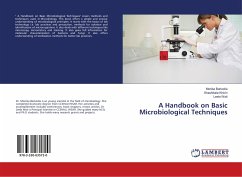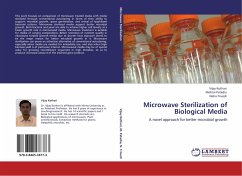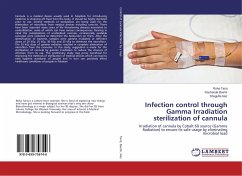There is a great loss of vegetables during harvestiong and post harvest treatments. Most of this loss is caused by the microflora present on their surface which lead towards various diseases and their hilarious growth ultimately tend them towards their complete rottening or decay. Carrots being an important vegetable comprising a variety of vitamins and compounds necessary for human health are considered to be vital for normal growth of the body. Likewise other vegetables their great loss is due to a wide range of microbes present on their surface. This book explains about the use of radiations in order to minimize maximum micoflora found on the surface of carrot without affecting their sensory properties as well as increasing their shelf life. Storage period more than three weeks along with fresh like characteristics depicts itself the efficiency of radiation treatment of fruits and vegetables.Current book emphasizes the use of gamma radiation treatment for the purpose of irradiation of carrot so that its increased storage period and safe transport along with lessened microflora is assured to meet the export requirements and thus ultimately to uplift the economy.
Bitte wählen Sie Ihr Anliegen aus.
Rechnungen
Retourenschein anfordern
Bestellstatus
Storno








